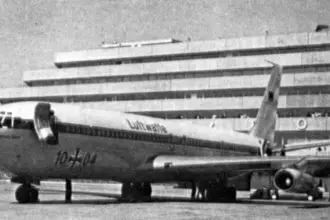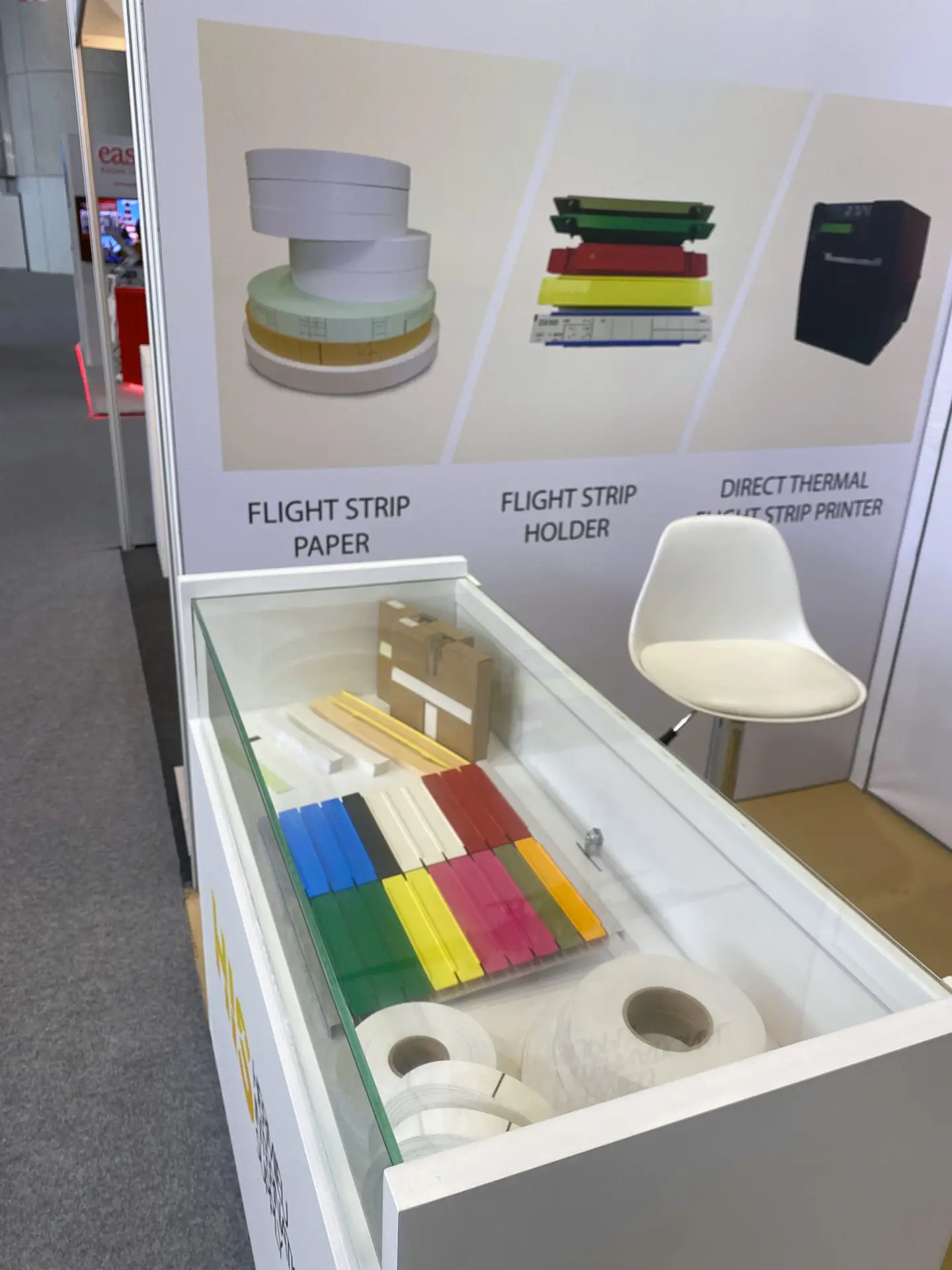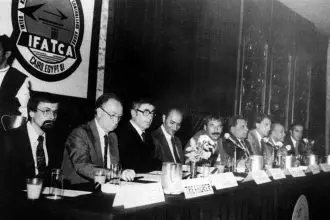
by Philippe Domogala
IFATCA Industry Partners CoordinatorWhen we prepared the 100 years ATC book, we collected a lot of short stories, and in the end we had enough material for over 600 pages, but we had agreed to keep the book to 400 pages, so a few of those stories didn’t make the final publication. But some of them are worth hearing, so in the coming years we will put some of them in The Controller magazine.
The first one is about VOLSCAN, what is probably the first computerized ATC system developed in 1954. But it was short lived and never fully implemented due to its complexity. When you see the operator display you can understand why. It is also highly possible that it also did not deliver the expected and claimed benefits. It began as a US military development, kind of secret. It existence was revealed in the February 1954 edition of the popular US magazine Electrical Engineering like this:
“VOLSCAN was developed “in secrecy” in the past 5 years (so from 1949) as an automatic electronic system to bring aircraft into an airbase or an airport at precise intervals of 30 seconds “.
The VOLSCAN (for Volume Scanning) was a radar system using the first generation of computers that was supposed to be a game changer for air traffic controllers. Bear in mind, in the 1950s controllers had to deal with aircraft of hugely varying speed and performance. Mixing WW2 piston engine propeller aircraft with the first fighter jets, this was especially complex around airports. The VOLSCAN computer was supposed to track the position, direction, and speed of each target. It also warned of impending dangerous scenarios and even made recommendations to controllers for heading changes to get separation. The first iteration of STCA and Conflict resolutions advisories.
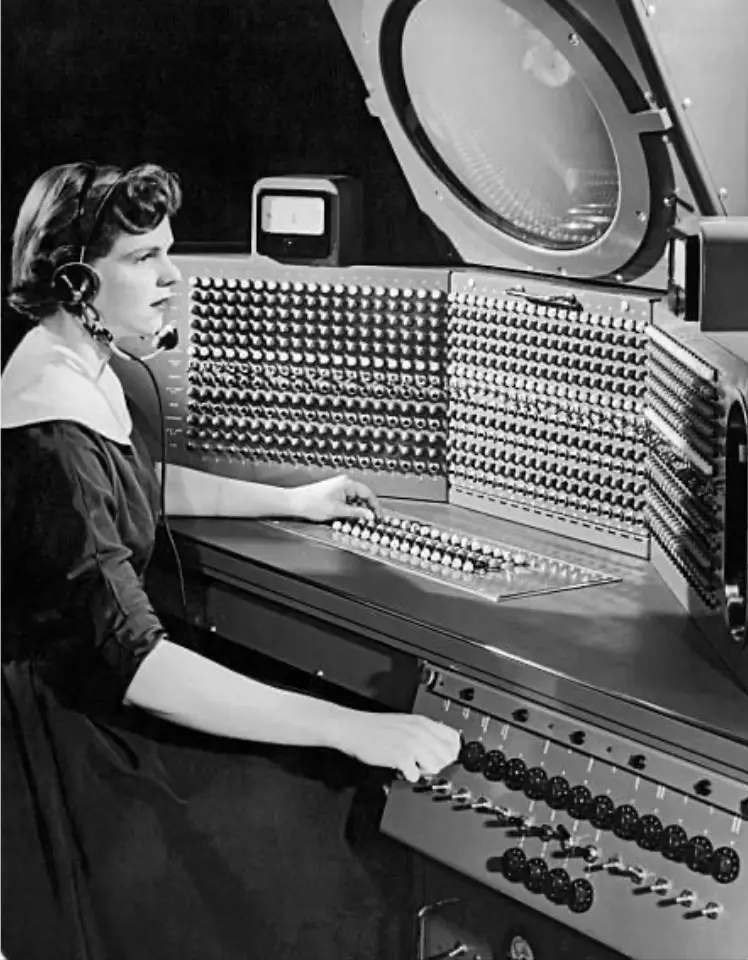
Figure 1 – A Volscan Console, The first attempt to replace strips? (Credit: Crosley Corporation)
The article goes even further into what VOLSCAN could do:
“Acting as an electronic traffic manager, the computer has stored within itself the correct answers to every possible landing approach situation that may arise. Since the computer has the answer before the problem actually comes up, it needs only a fraction of a second to pick the correct approach instruction – in effect, to assign a block of space. These instructions are then given to the pilot by radio or fed directly into the airplane’s automatic controls by data-link transmission”.
It said that Volscan was developed jointly by the Cambridge Research Center of the US Air Force and the Crosley Corporation and claimed to:
“Combine ordinary radar data with computers, Volscan converts a cloud of randomly arriving aircraft into an orderly, safe procession“.
The system also used the first Man-machine interface, a light gun. When an aircraft called in, the controller had to identify it first, then point the light gun to it so the computer knows which one to track and start issuing instructions, even conflict separation advisories! (Incidentally this very same type of Light gun was later used in the US IBM military “SAGE” system, also abandoned, as described in our 100 years ATC book pages 117-118).
The article goes into more details:
“Always on guard against error, Volscan keeps its unblinking eye on up to 14 planes which it guides simultaneously. If either the human or the automatic pilot takes any plane off the assigned course, the computer immediately compensates for the mistake and issues new instructions for getting the plane back on its track and arrival schedule. It must “touch down” at just the right moment, for the 13 other planes are strung by the computer in a tight but safe landing sequence. The result is maximum use of the available runway facilities, increasing the safe traffic capacity of any airport almost three times.”
In this manner, Volscan can handle one landing every 30 seconds, thus reducing the dangerous practice of “stacking” airplanes waiting around an airport for an opportunity to land. Such stacking is discomforting in present-day planes, but for the jets of the not-distant future, it would be disastrous. For jets use almost three times as much fuel at approach altitude as they do at cruising altitude. While awaiting their landing clearance, they might exhaust their fuel reserve.
Volscan and the whole problem of air traffic control point up those ironic twists by which history bedevils human effort. Fifty years ago, when Man first transformed himself into a creature of flight, the main idea was to get him off the ground. Now, in the headlong progress of the air age, he seems to have trouble in getting down again. But electronics offers him a safe ladder for his descent.
Sadly for the obviously talented writer of this text, VOLSCAN was never implemented, most likely due to its complexity, and a simpler and probably less expensive system replaced it. But it is a good indication of how far military research went right after WW2. And how advanced their ideas were.
Thanks to Shane Smith website : https://hackaday.com and Electric Engineering magazine.
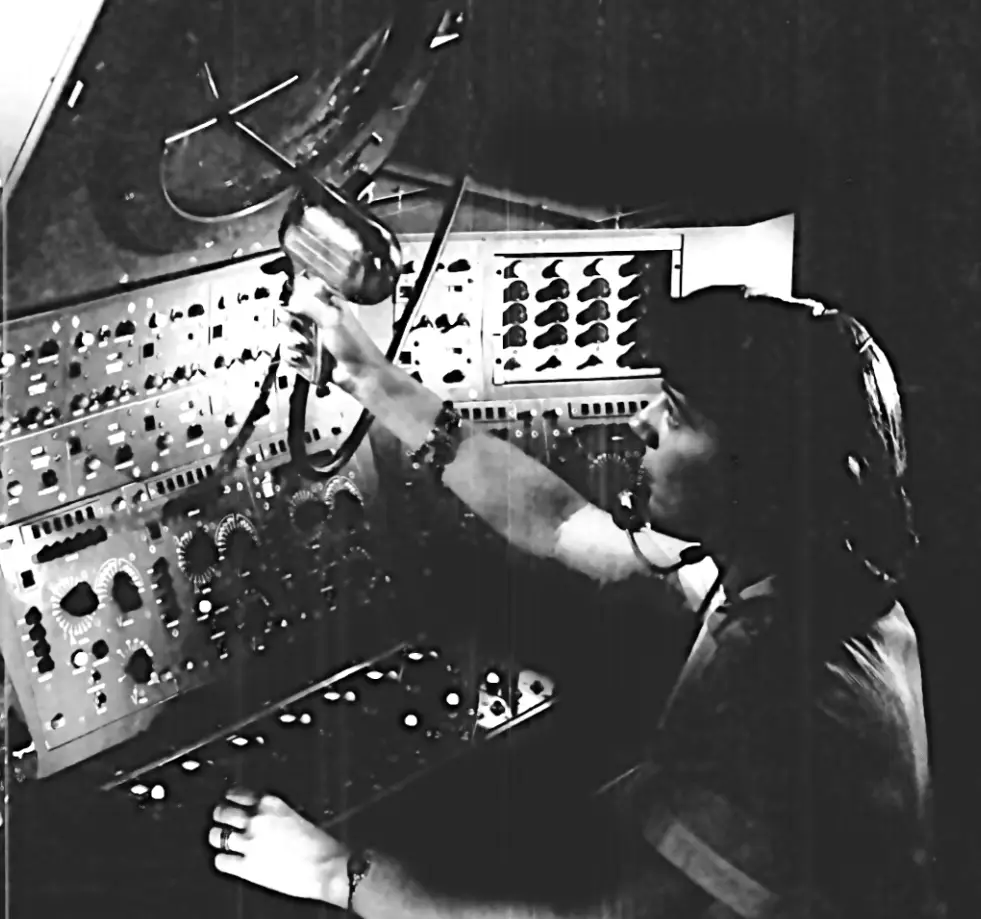
Figure 2 – The light gun used to identify a radar target on a Volscan console (Credit: Crosley Corporation)




